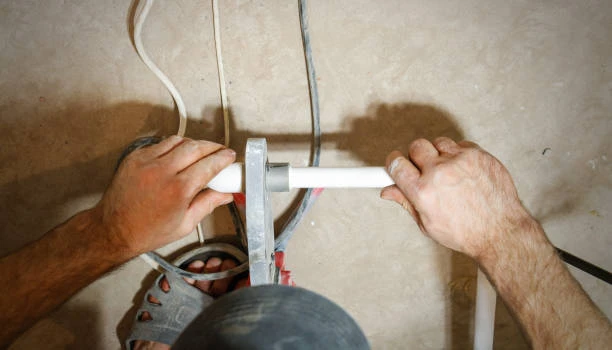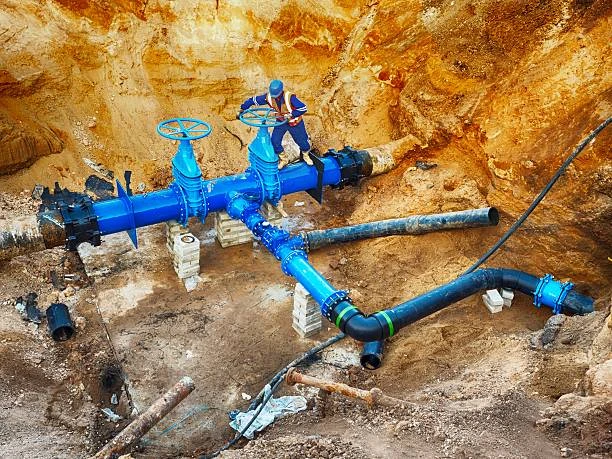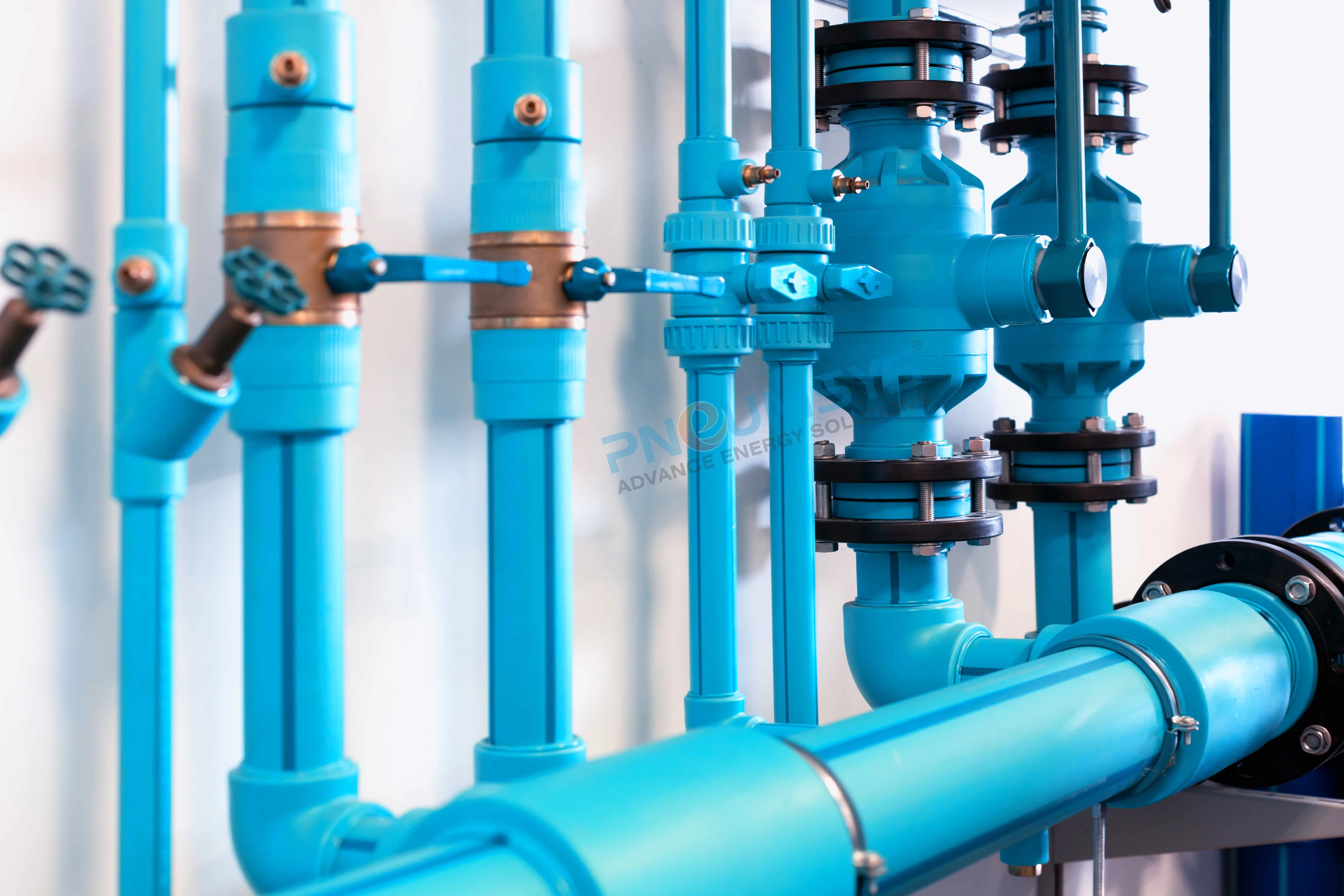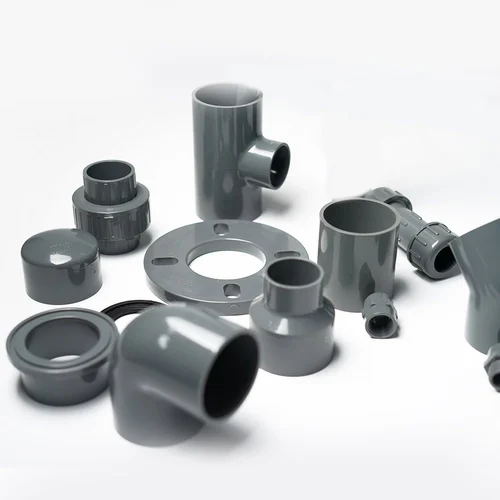Introduction
In modern plumbing systems, ensuring efficient control and distribution of water is paramount. One essential component in achieving this is the PPR (Polypropylene Random Copolymer) Pipe female ball valve combined with brass pipe fittings. This article explores the benefits, functionality, and applications of these components, highlighting their role in both hot and cold water systems.
Understanding PPR Pipe
PPR pipes are favored in plumbing due to their lightweight nature, resistance to corrosion, and ability to handle a wide range of temperatures. They are commonly used for both hot and cold water supply systems, making them a versatile choice for residential and industrial applications.
The Importance of Valves in Plumbing
1. What Are Valves?
Valves are mechanical devices that regulate the flow of fluids within a system. They can control the direction, pressure, and volume of water, making them crucial for plumbing efficiency.
2. Types of Valves
Among the various types of valves, ball valves are known for their reliability and ease of use. The female ball valve, in particular, connects to male fittings, providing a secure and leak-proof connection.
PPR Pipe Female Ball Valve
1. Design and Functionality
The PPR pipe female ball valve features a spherical disc that acts as a closure mechanism. When the valve is open, the disc allows water to flow freely. When closed, it blocks the flow, providing an effective way to control water supply.
2. Benefits of Using PPR Pipe Female Ball Valves
- Durability: PPR material is highly resistant to corrosion and chemical degradation, ensuring a long lifespan for the valve.
- Temperature Resistance: PPR pipes can handle temperatures up to 95°C (203°F), making them suitable for hot water applications.
- Easy Installation: The lightweight design and compatibility with various fittings make installation straightforward.
Brass Pipe Fittings
Brass pipe fittings are often used in conjunction with PPR pipes to enhance durability and ensure leak-free connections. Here’s why they are an ideal choice:
1. Strength and Longevity
Brass fittings are known for their strength and resistance to wear. They provide a robust connection for both hot and cold water systems, ensuring reliable performance over time.
2. Corrosion Resistance
While PPR pipes are resistant to corrosion, brass fittings add an extra layer of protection. They withstand moisture and harsh environmental conditions, reducing the risk of leaks.

Applications of PPR Pipe Female Ball Valve with Brass Fittings
1. Residential Plumbing
In residential plumbing systems, these components are used for water supply lines, allowing homeowners to control the flow of hot and cold water efficiently.
2. Commercial Applications
In commercial settings, the robust design of PPR pipe female ball valves with brass fittings is ideal for industrial heating systems, water supply in buildings, and other applications requiring reliable performance.
3. Heating Systems
These valves are particularly effective in heating systems, where controlling the temperature and flow of water is essential for optimal performance.
Installation Tips
Installing a PPR pipe female ball valve with brass fittings requires careful attention to detail. Here are some tips for a successful installation:
1. Preparation
Ensure all tools and materials are on hand before starting the installation. This includes the PPR pipe, brass fittings, and necessary tools such as a pipe cutter and wrench.
2. Cutting and Joining Pipes
Cut the PPR pipe to the desired length and ensure the ends are clean and smooth. Use appropriate solvent or heat fusion methods to join the pipes and fittings securely.
3. Testing for Leaks
After installation, it’s crucial to test the system for leaks. Turn on the water supply gradually and inspect all connections to ensure they are secure.
Maintenance of PPR Pipe Systems
Maintaining PPR pipe systems with brass fittings is essential to ensure long-lasting performance. Here are some maintenance tips:
1. Regular Inspections
Regularly inspect the valves and fittings for any signs of wear, corrosion, or leaks. Early detection can prevent more significant issues down the line.
2. Cleaning
Keep the valves clean to ensure smooth operation. Avoid using harsh chemicals that could damage the PPR material.
Environmental Considerations
Using PPR pipes and brass fittings is an environmentally friendly choice. PPR is recyclable, and the longevity of these materials reduces waste in plumbing systems. Additionally, their durability means fewer replacements, contributing to sustainable practices in construction.
Conclusion
The PPR Pipe female ball valve with brass pipe fittings is a crucial component for efficient hot and cold water feeding in plumbing systems. With their durability, resistance to temperature fluctuations, and ease of installation, they provide a reliable solution for both residential and commercial applications. As demand for sustainable plumbing solutions grows, integrating these components will play a vital role in modern infrastructure development.
FAQs
- What are PPR pipes used for?
- PPR pipes are commonly used for hot and cold water supply systems due to their durability and resistance to corrosion.
- What is a female ball valve?
- A female ball valve is a type of valve that connects to male fittings, using a spherical disc to control the flow of water.
- Can PPR pipes handle hot water?
- Yes, PPR pipes can handle temperatures up to 95°C (203°F), making them suitable for hot water applications.
- What are the benefits of using brass fittings with PPR pipes?
- Brass fittings provide strength, longevity, and corrosion resistance, ensuring reliable connections in plumbing systems.
- How do I maintain PPR pipe systems?
- Regularly inspect for leaks, clean valves, and ensure proper installation to maintain PPR pipe systems effectively.


















